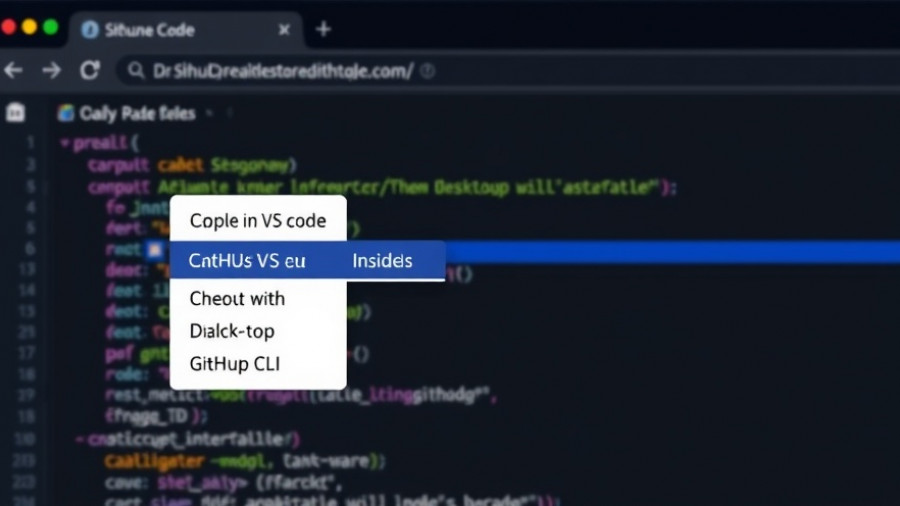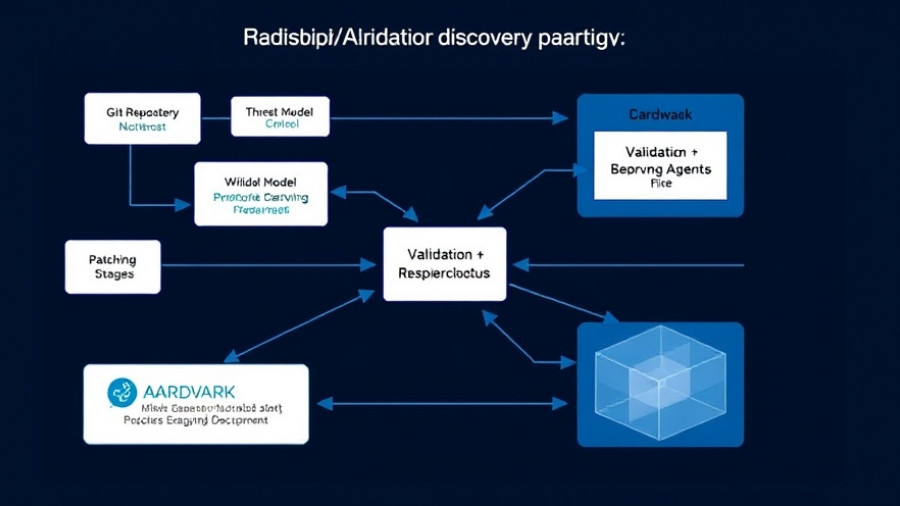
Revolutionizing Patient Interactions with AI Agents
Sutter Health has taken a major leap into the future of healthcare by rolling out Hyro’s AI agents, which promise 24/7 support for patients juggling scheduling, prescription refills, and even billing inquiries. This innovative partnership aims to streamline the often cumbersome healthcare experience, offering a seamless digital interaction similar to what consumers have grown to expect in other industries.
Bridging the Gap Between Technology and Healthcare
In an age where digital communication prevails, Sutter Health recognizes the need for a shift in how healthcare providers engage with their patients. Jennifer Bollinger, Sutter's Chief Consumer and Brand Officer, emphasizes that, “The experience should feel easy and effortless, regardless of whether patients are seeking information via chat, voice, or text.” By providing 24/7 access to these AI-driven services, patients can opt for communication on their schedule, making the entire healthcare experience more intuitive and less stressful.
The Power of AI in Healthcare
The integration of AI agents is not merely a technological upgrade; it represents a cultural evolution in patient care. Hyro’s agents are designed to tackle routine inquiries, allowing healthcare professionals to devote more attention to complex cases. This shift could not only enhance efficiency within healthcare systems but also lead to improved patient satisfaction as waiting times decrease.
Fostering Data-Driven Insights
One attractive aspect of adopting Hyro’s AI technology is the robust data it provides. Sutter Health plans to monitor improvements in customer satisfaction, first-call resolution rates, and how effectively AI technology enables customer service representatives to manage more intricate issues. The insights gained from these metrics can drive continuous improvements in patient care, thereby elevating the entire healthcare experience.
Sustaining Trust with Data Security
In an era where concerns about data privacy are paramount, Sutter Health is committed to using AI responsibly. As Bollinger notes, Hyro’s team shares a similar understanding of the importance of patient data security. By maintaining a close relationship with its AI governance council, Sutter ensures that patient information is handled safely, allowing patients to feel secure as they navigate their healthcare journeys.
Looking to the Future of AI in Healthcare
The deployment of AI agents marks a significant milestone in the ongoing discussion about technology’s role in healthcare. It’s not just about efficiency; it’s about fostering a relationship of trust between patients and providers through technology. With Sutter Health as a pioneer, we can expect to see further innovations that prioritize not only patient comfort but also holistic improvements in healthcare delivery.
As we look ahead, embracing emerging technologies like Hyro’s AI agents opens up a world of possibilities. Their deep reasoning capabilities allow for thoughtful interactions that adapt to individual patient needs, transforming the healthcare landscape for the better.
 Add Row
Add Row  Add
Add 




Write A Comment